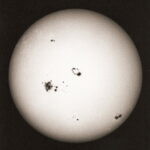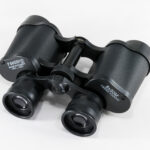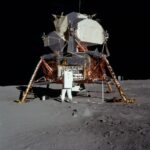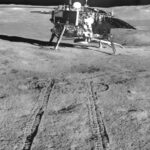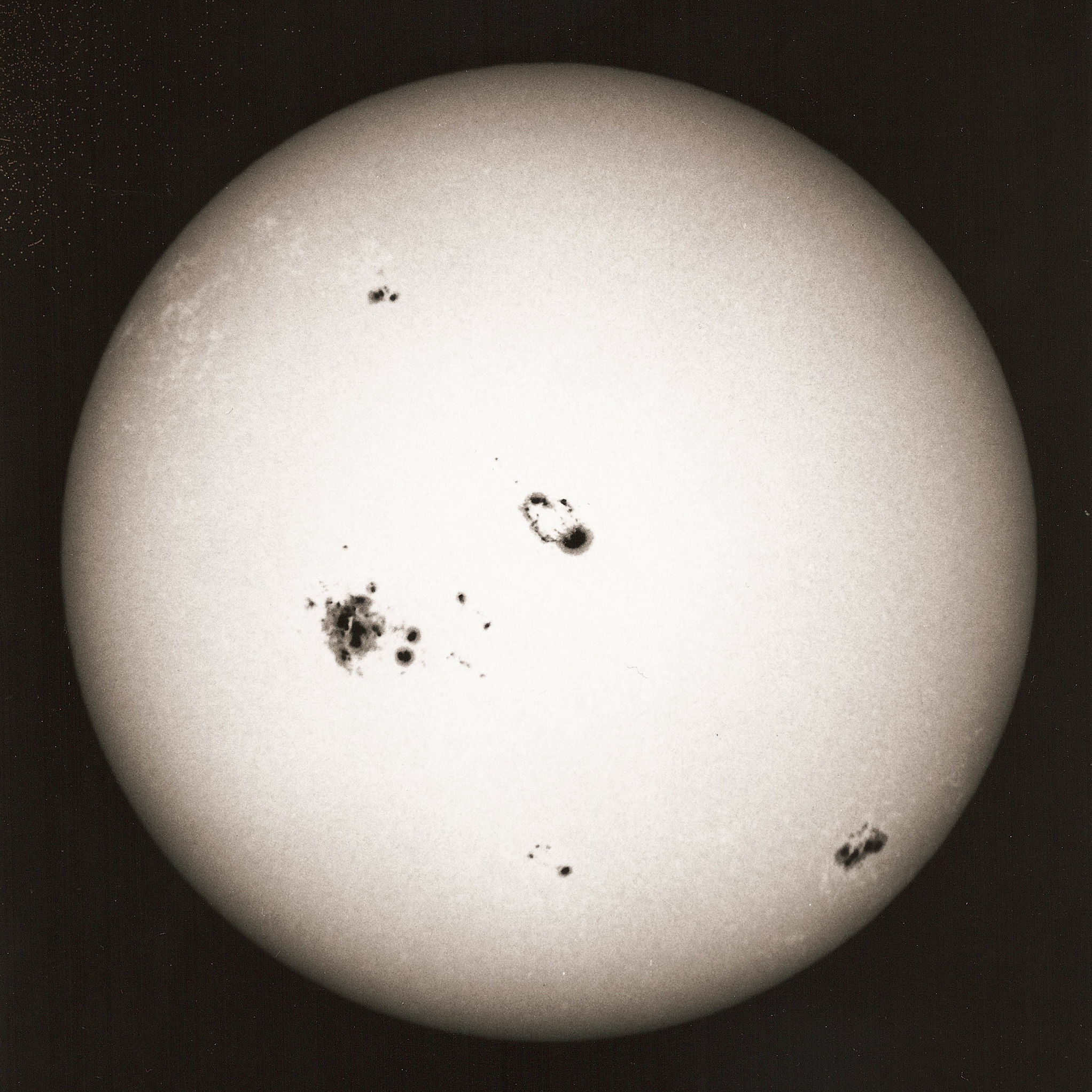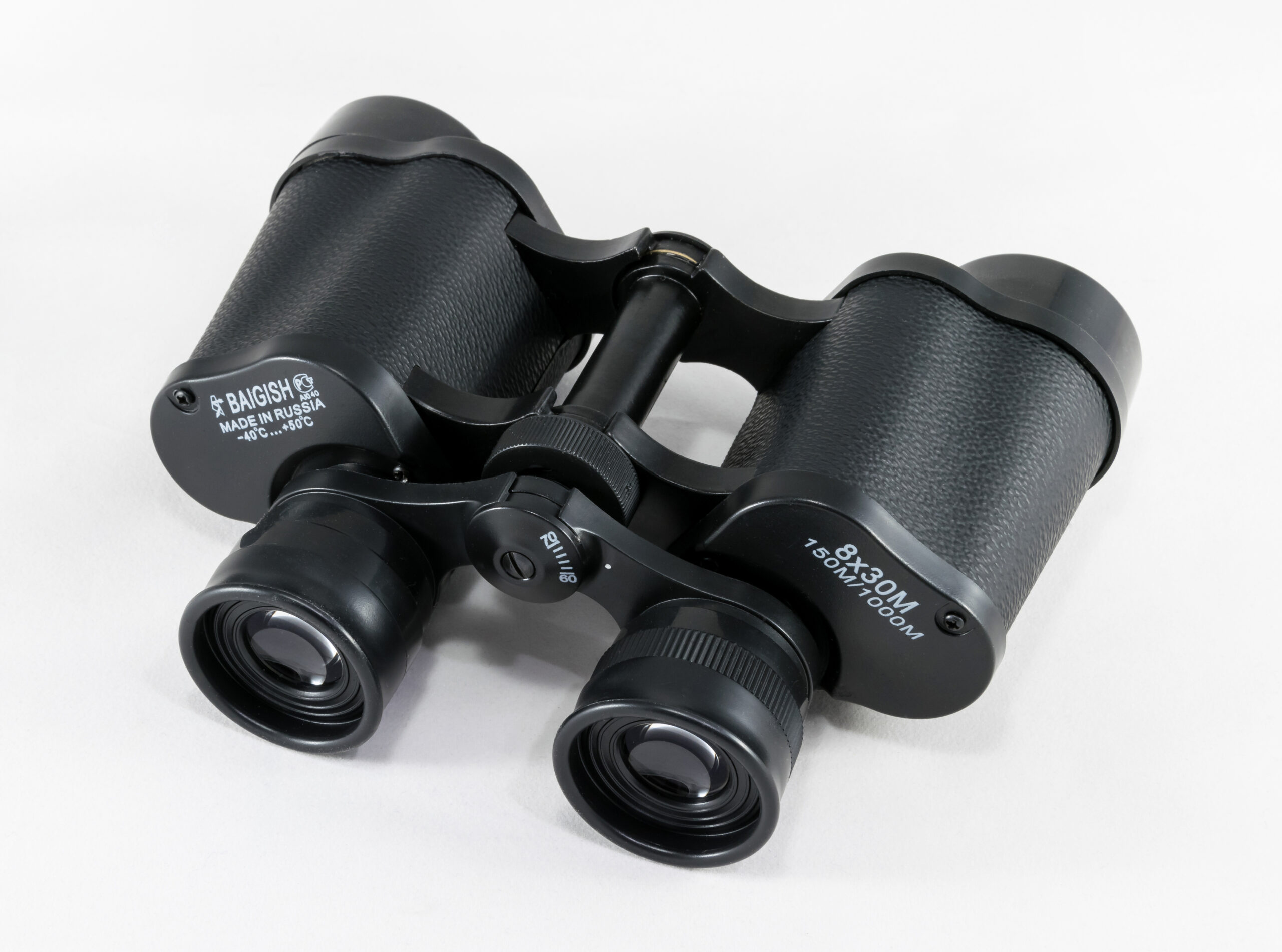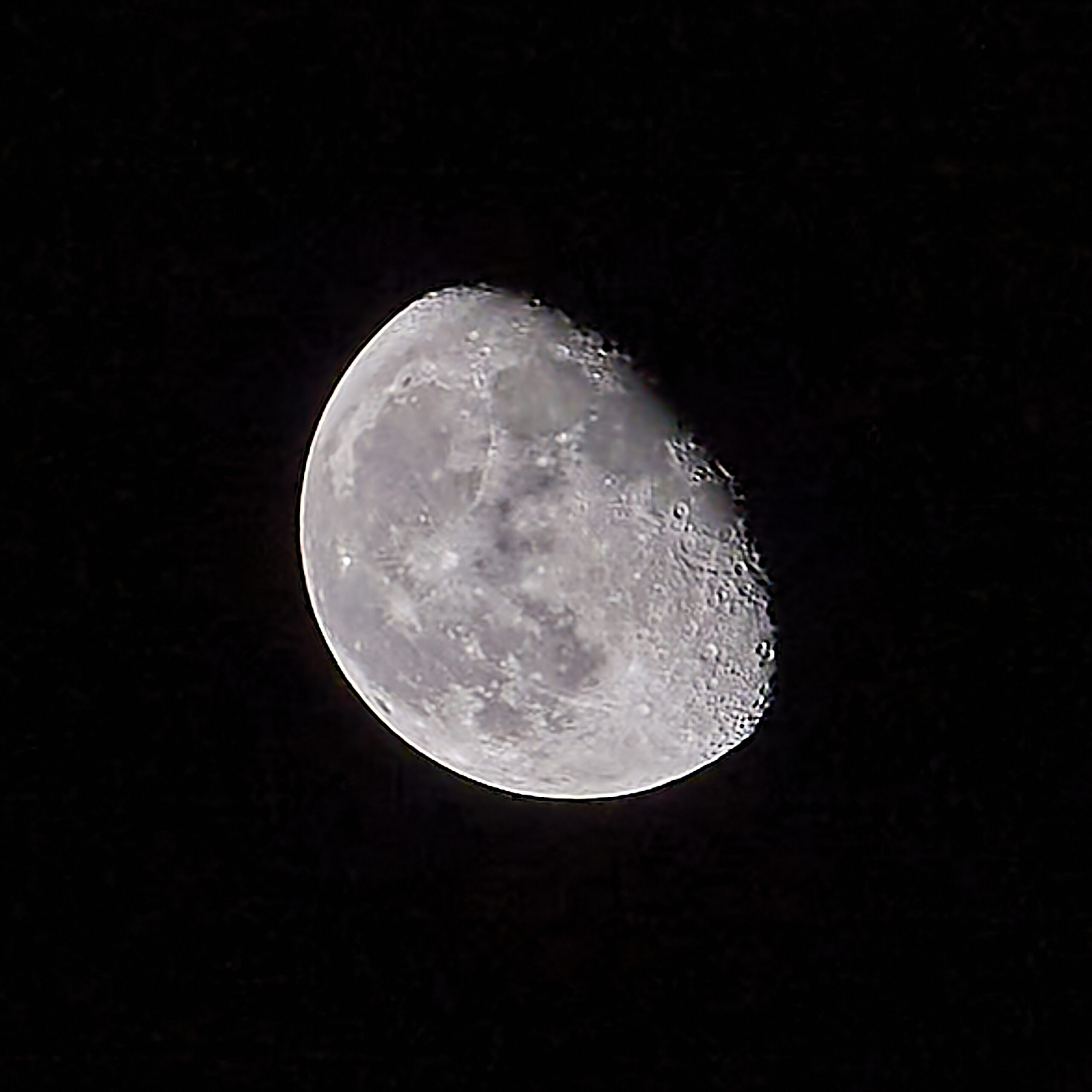Astrophotography, the art of capturing images of celestial objects and phenomena, is a thrilling and often challenging hobby that offers a unique perspective on the universe. Before diving in, it’s essential to understand what this involves and decide on your focus—whether Deep Sky objects like galaxies and nebulae or closer-to-home subjects like planets and the Moon.
Deep Sky photography involves capturing faint objects beyond our Solar System, which may require investments in more specialized equipment and longer exposure times. On the other hand, photographing planets and the Moon can be more accessible with standard camera gear and shorter exposures. Understanding these differences will help you tailor your approach and set realistic expectations.
Starting with a clear focus is key. If you’re drawn to the vastness of galaxies and nebulae, be prepared to spend time learning about advanced techniques and gear. If you’re more interested in our Solar System neighbors, knowing the right times to capture their features is crucial.
Astrophotography also requires heaps of patience and dedication. The conditions must often be just right—clear skies, minimal light pollution, and a well-planned approach. It’s a practice that will test your perseverance but reward you with stunning images and a deeper connection to the cosmos.
Essential Equipment: Steps to Capture the Cosmos
Getting started with astrophotography means equipping yourself with the right tools. At the heart of your setup will be either a DSLR or mirrorless camera. These cameras provide the manual settings and flexibility needed to tackle the varied conditions you’ll encounter while shooting the night sky. Manual settings are a must; automatic modes won’t cut it here.
A sturdy tripod is your next best friend. Stability is critical when you’re dealing with long exposure times. Even a slight shake can ruin what could have been a breathtaking photo of the Milky Way or a stunning shot of Jupiter.
Lens choice is another cornerstone of astrophotography. Wide aperture lenses, with f/2.8 or lower, are crucial because they allow more light to hit the camera sensor, making it easier to capture faint celestial objects. A wide-angle lens, typically between 14-24mm, is fantastic for shooting expansive night skies. If you’re aiming for specific celestial objects like the Moon or planets, a telephoto lens (200mm or above) lets you zoom in and capture detailed images.
Your camera settings are also important to know. If you use a DSLR camera set your pictures to be saved in RAW format. This helps in post-processing with the stacking of your pictures
This foundation of a camera, a solid tripod, and the right lens will set you up to start exploring the night sky. Each piece of equipment plays its role in ensuring your photos are sharp, well-exposed, and full of detail.
Getting That Essential Photograph
Nailing your camera settings can make or break your astrophotography experience. Start by setting your ISO to a high value, usually between 1600 and 3200. This boosts your camera’s sensitivity to light, helping to capture those faint stars and nebulae.
A wide aperture is also crucial. An f/2.8 or lower setting allows more light to enter the lens. This is especially important for deep-sky photography, where light is at a premium. Wide apertures let you gather as much light as possible.
Long exposure times are your go-to for capturing celestial wonders. An exposure time of 15-30 seconds generally works well for wide-angle shots of the night sky. If you go too long, though, you’ll start to see star trails from the Earth’s rotation, which could be either a cool effect or a distraction, depending on your goals.
Balancing these settings—ISO, aperture, and exposure time—is key. A higher ISO can introduce noise, so finding the sweet spot is essential. Similarly, too long of an exposure creates trails, while too short fails to capture the stars adequately.
Keep in mind that these settings can vary depending on conditions like light pollution, your specific equipment, and even the particular celestial objects you’re photographing. Trial and error will be your guiding light here, but with practice, you’ll nail these settings and get those stunning shots.
Overcoming Common Challenges: Light Pollution and Focusing Techniques
Light pollution can completely ruin your astrophotography by washing out the stars and celestial objects you’re trying to capture. Finding a dark location, far from city lights, is vital for getting clear, detailed shots. Locations known for their dark skies, like national parks or designated dark sky areas, are perfect for this. But let’s be real—not everyone can drive hours away from civilization, so a light pollution filter might become your best friend.
Even with a dark sky, getting your focus spot-on can be tricky. Autofocus often fails in low-light conditions, so manual focus is your go-to method. Use live view mode on your camera and zoom in on a bright star to focus. Adjust manually until you get it crisp and clear, then lock your focus in place.
Another handy tip is to use the ‘one-shot’ focus method, where you take a series of test shots, adjusting focus each time until you nail it. It’s a bit tedious, but it’s worth it for that perfect shot.
Consider using a Bahtinov mask for precise focusing. This tool creates a diffraction pattern over a point of light, like a star, showing you exactly how to adjust your focus. They’re easy to use and can be a game-changer for your night photos.
Lastly, don’t underestimate the value of patience. Atmospheric conditions can change, affecting visibility and focus. Sometimes, the perfect shot might mean waiting for the atmosphere to settle or for a cloud to pass. Patience can often make the difference between a good shot and a great one.
Advanced Techniques: Tracking Mounts, Guiding, and Capturing Star Trails
Taking your astrophotography to the next level involves mastering some advanced techniques. Tracking mounts, like a star tracker or an equatorial mount, are indispensable for capturing detailed images of deep-sky objects. These devices counteract the Earth’s rotation, allowing for longer exposure times without the stars turning into streaks. The Star Adventurer 2i is a popular choice for its ease of use and affordability. It also has a number of ad on’s which can make the Star Adventurer a very versatile piece of equipment for the astrophotographer. Especially those that want to get to dark skies and go light.
Guiding is another technique that can greatly improve the quality of your long exposures. Software like PHD2 and Backyard EOS helps keep your telescope or camera precisely aligned with celestial objects. This software makes minor adjustments to the mount to ensure your target stays centered over the course of your exposure, resulting in sharper images. PHD2 links your star guider to your laptop or computer so you can see the accuracy of your tracking. Backyard EOS is linked from your camera to your laptop or computer and you are able to control the camera settings from there, including the length of your shots and focusing.
Capturing star trails is a fantastic way to express the motion of the night sky. To create these mesmerizing images, you’ll need to extend your exposure time to several minutes or even hours. Set up your camera to continually shoot, and stack the resulting images in software like Deep Sky Stacker, Seril or Photoshop. This technique can produce breathtaking pictures showing the circular paths of stars around the celestial poles.
Planning can make or break an astrophotography session. Apps and software like Stellarium and Sky Safari are invaluable for tracking celestial events and figuring out the best times and places to shoot. Both of these software are available on google. Knowing when and where to point your camera maximizes your chances of capturing something extraordinary.
Post-Processing: Enhancing Your Astrophotography Images
Once you’ve captured your shots, the real magic happens during post-processing. This crucial step can bring out the hidden details in your photos, reduce noise, and make your celestial objects pop. Editing software like Adobe Lightroom or Photoshop are your go-to tools here.
Start by adjusting the basics: exposure, contrast, highlights, and shadows. Balancing these elements can dramatically improve your image quality. You’ll likely want to tweak the white balance to get those true-to-life colors in your stars and nebulae. Cool down the tones for a more realistic night sky effect.
Noise reduction is another key part of post-processing. High ISO settings and long exposures can introduce a lot of noise or graininess into your photos. Tools within Photoshop or Lightroom can help minimize this unwanted feature and clean up your image.
Detail enhancement is where your photos can truly shine. Sharpening the image and adjusting clarity can bring out the finer details in your celestial subjects. Be careful not to overdo it, as too much sharpening can introduce artifacts and make the image appear unnatural.
Consider using layers and masks for selective adjustments. This technique allows you to target specific areas of your photo that need enhancements without affecting the entire image. For instance, you can brighten just the stars while leaving the night sky untouched.
Post-processing also offers the opportunity to correct any framing or alignment issues. Cropping, rotating, and even removing unwanted elements can perfect your composition. Play around with these adjustments until your photo looks exactly how you envisioned it.
Finally, save your edited photo in a high-quality format to preserve all the work you’ve put in. Sharing these polished images with friends, family, or on social media can be incredibly rewarding, offering a window into the universe that many rarely get to see.
